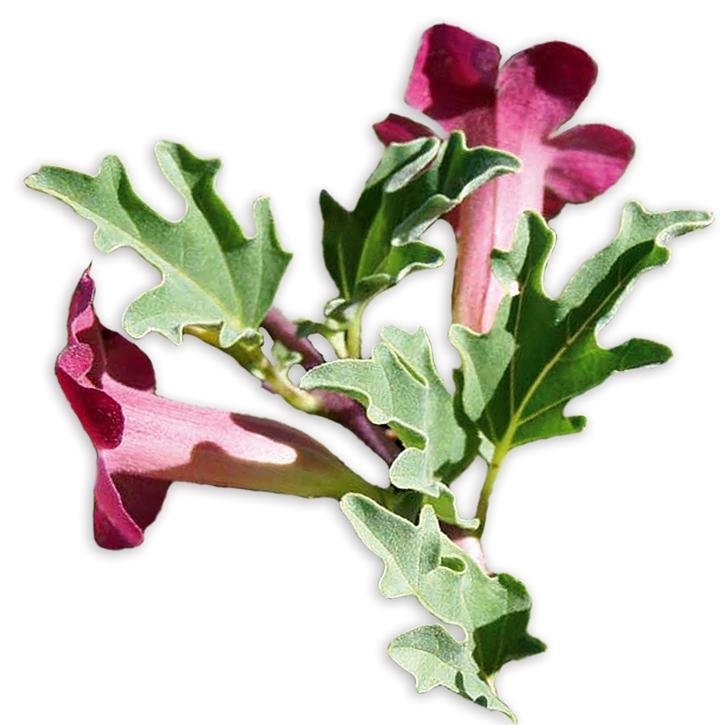It’s a herbaceous, perennial, vivacious plant with a root that goes underground around a meter. The root is divided into two types: primary and secondary. The primary root is very long and the brown or reddish secondary roots come out from it and are formed by tubercles. The tubercles are
It’s native of
Secondary tubular roots, of bitter taste, characterized by their radial and concentric macroscopic groove.
Internal use
External use
Chantre P, Cappelaere A, Leblan D, Guedon D, Vandermander J & Fournie B. Efficacy and tolerance of Harpagophytum procumbens versus diacerhein in treatment of osteoarthritis. Phytomedicine 2000 Jun;7(3):177-83
Chrubasik S, Junck H, Breitschwerdt H, Conradt C & Zappe H. Effectiveness of Harpagophytum extract WS 1531 in the treatment of exacerbation of low back pain: a randomized, placebo-controlled, double-blind study. Eur J Anaesthesiol 1999 Feb;16(2):118-29
Chrubasik S, Thanner J, Kunzel O, Conradt C, Black A & Pollak S. Comparison of outcome measures during treatment with the proprietary Harpagophytum extract doloteffin in patients with pain in the lower back, knee or hip. Phytomedicine 2002 Apr;9(3):181-94
Erdos, A.; Fontaine, R.; Friehe, H.; Durand, R. & Pöppinghaus, T. Beitragzur Pharmakologieund toxikologie verschiedener. Etrakte, sowie des Harpagosids aus Harpagophytum rocumbens DC. Planta Med. 1978; 34: 97-108,
Fiebich BL, Heinrich M, Hiller KO, Kammerer N. Inhibition of TNF-alpha synthesis in LPS-stimulated primary human monocytes by Harpagophytum extract SteiHap 69. Phytomedicine 2001 Jan;8(1):28-30
Gobel H, Heinze A, Ingwersen M, Niederberger U & Gerber D. Effects of Harpagophytum procumbens LI 174 (devil's claw) on sensory, motor und vascular muscle reagibility in the treatment of unspecific back pain Schmerz 2001 Feb;15(1):10-8
Laudahn D & Walper A. Efficacy and tolerance of Harpagophytum extract LI 174 in patients with chronic non-radicular back pain. Phytother Res 2001 Nov;15(7):621-4
Leblan D, Chantre P & Fournie B. Harpagophytum procumbens in the treatment of knee and hip osteoarthritis. Four-month results of a prospective, multicenter, double-blind trial versus diacerhein. Joint Bone Spine 2000;67(5):462-7.
Moussard C, Alber D, Toubin MM, Thevenon N, Henry JC. A drug used in traditional medicine, harpagophytum procumbens: no evidence for NSAID-like effect on whole blood eicosanoid production in human. Prostaglandins Leukot Essent Fatty Acids 1992 Aug;46(4):283-6
Wegener T. Therapy of degenerative diseases of the musculoskeletal system with South African devil's claw (Harpagophytum procumbens DC) Wien Med Wochenschr 1999;149(8-10):254-7
Wegener T. Degenerative diseases of the musculoskeletal system--overview of current clinical studies of Devil's Claw (Harpagophyti radix). Wien Med Wochenschr. 2002;152(15-16):389-92.
Whitehouse LW, Znamirowska M, & Paul CJ. Devil's Claw (Harpagophytum procumbens): no evidence for anti-inflammatory activity in the treatment of arthritic disease. Can Med Assoc J 1983 Aug 1;129(3):249-51
Zorn, B. Antiarthritis effect of the Harpagophytum root; preliminary report.. Z Rheumaforsch. 1958 Apr;17(3-4):134-8.
